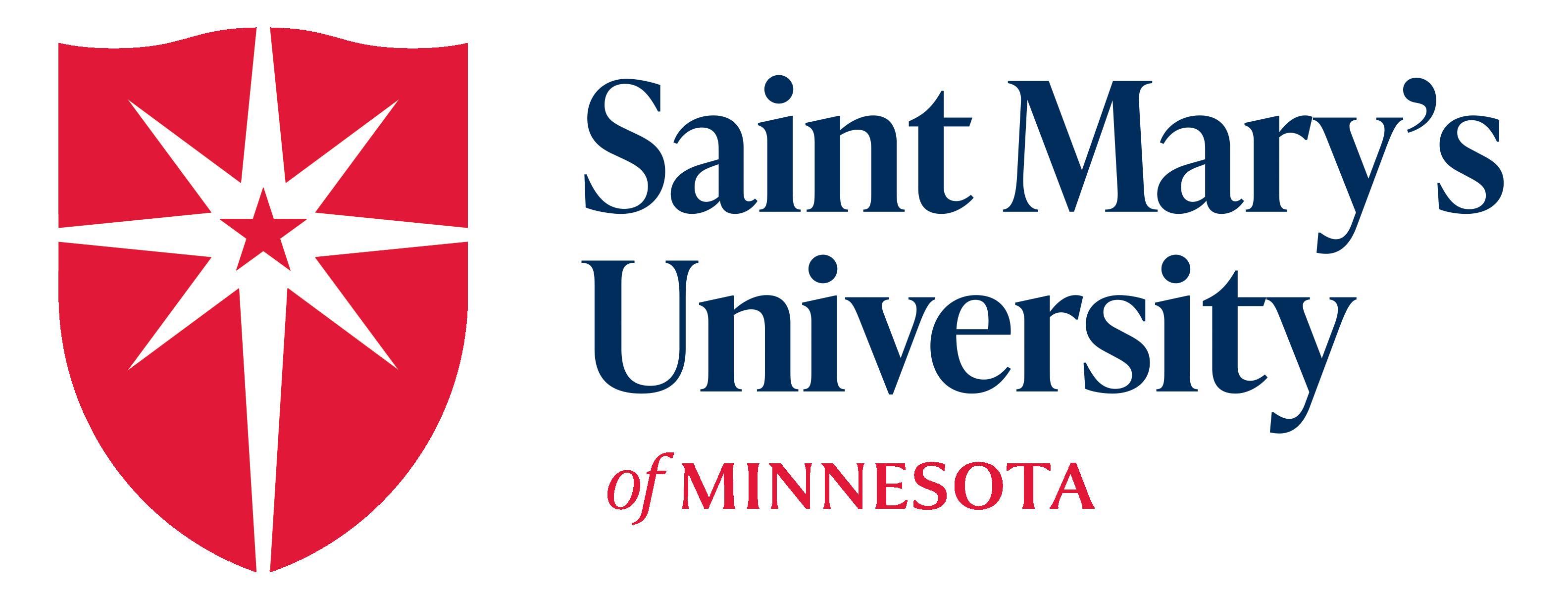Healthy workplaces always have a strong, fair leader guiding and encouraging employees. While various industries call for different managerial techniques, the qualities and benefits of solid leadership remain the same across the board. Ultimately, strong individuals effectively guide and connect with their staff, creating a more effective team.
Connecting with Employees through Leadership
Every successful organization has great leadership at its core. Effective direction can mean the difference between a group’s success and its failure. Every company aiming to accomplish its goals and implement strategies needs a head, whether made up of a single person or several people, that make bold and educated decisions, cultivate interconnected, trustful relationships with employees, build team morale and maintain a collaborative workplace.
There are various leadership styles, but strong headship begins with some key characteristics and behaviors of the person(s) manning the ship’s helm. Behaviors of bad leaders, in any industry, will cause workplace morale to sink, crippling the productivity of a team.
Certain qualities of an effective leader will form a more cooperative effort, creating a healthier, more effective workplace.
- Honesty and transparency: Dishonest leaders forfeit a trustful relationship with their staff. Honesty should be at the top of a leader’s list of behavioral habits and mentalities. Employees tend to follow suit when the head of their organization is honest and trustworthy. Promoting a transparent interoffice atmosphere usually establishes a pattern of honesty and friendliness throughout a workplace.
- Be opportunistic: A leader who can quickly evaluate and seize the right opportunity at the right time, ultimately benefits the people working within the organization.
- Goal-oriented delegation: Trusting team members with responsibility shows that you care and want to see them successfully fulfill their duties; it communicates that you want to help them succeed. Employees help implement a leader’s strategies and shouldn’t be undermined when it comes to their abilities. Unwavering delegation will benefit younger people who lead their elders, because it will establish them as goal-oriented and competent.
- Pointed communication habits: Honing communication skills is something that can benefit every leader. The effective training of new employees and maintaining a healthy work environment rely heavily on unblocked lines of communication. This can be accomplished through a daily or weekly appointment schedule where all employees have a chance to talk with management and an open door policy also bolsters the quality of communication in an organization.
- Positive attitude: Strong leaders positively share their team’s previous successes or provide uplifting motivation to boost employee morale and productivity. They encourage employees to learn from mistakes instead of dwelling on their shortcomings.
- Commitment: Leading by example is the surest way to improve employee efficiency and show dedication to each position. A leader who is willing to get his or her hands dirty can expect the same attitude from willing employees.
- Inspiration: An internally inspired leader will encourage and motivate his or her teammates and cause them to feel invested in the company’s accomplishments as a whole. Reminding employees of how their work benefits the organization’s bigger picture is an invaluable way to ensure that workers feel needed and important, as well as generate enthusiasm for the company’s mission.
Successful leadership techniques vary by industry. However, the importance of a leader connecting with staff is vital, regardless of career. Leaders must possess the skills and knowledge required to positively influence employees, and assist the organization or company. Accomplishing company goals begins with providing direction and working to elevate employee performance and efficiency. These leaders promote strong work habits and ethical practices, benefiting not only internal employees, but clients as well.
